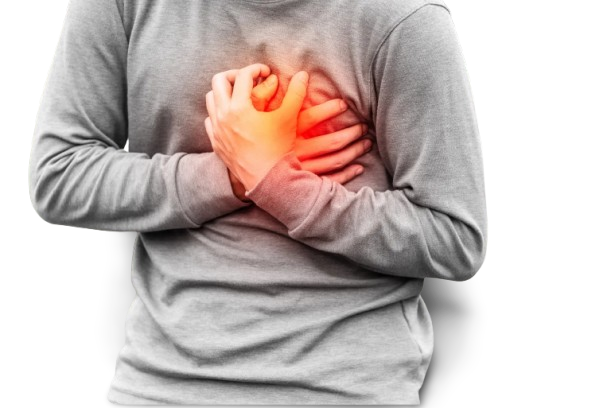What are the signs and symptoms of heat stroke or sun stroke?
Heat stroke, also known as sunstroke, is a serious medical condition, a medical emergency, when the body's temperature rises too high as a result of excessive heat exposure. The body loses its ability to cool itself and overheats.
The signs and symptoms of heat stroke may include:
- A high temperature; temperature higher than 104°F (40°C)
Heat stroke may be diagnosed at lower temperatures. Also, some people may reach these temperatures and never develop heatstroke.
- Profuse sweating that abruptly stops - when the body cannot sweat any more, as may happen in cases of severe dehydration, the skin will become dry. Without perspiration the body has no way of cooling itself.
- Accelerated (weak) heartbeat.
- Hyperventilation. - rapid breathing, shallow panting.
- Muscle cramps.
- The skin becomes hot, dry and red.
- Nausea.
- Vomiting.
- Dark urine.
As the nervous system becomes affected, the following symptoms may emerge:
- Confusion
- Coordination problems
- Seizures (fits)
- Headache
- Vertigo, dizziness, lightheadedness - a sensation of spinning or moving when standing (vertigo)
- Anxiety
- Restlessness
- Hallucinations
- Irrational behavior
- Loss of consciousness.
What are the treatment options for heat stroke?
Heat stroke is a medical emergency. If you see somebody with heat stroke call for an ambulance straight away.
While you are waiting for the paramedics to come:
- Move the patient to a cool place, preferably air-conditioned. If one is not available, go to a shady area.
- Make sure the place is ventilated. Use a fan or open the windows (don't open windows if it is air-conditioned).
- Try to get them to drink water.
- Do not give any painkilling medications, such as ibuprofen, asprin or acetaminophen (paracetamol, Tylenol).
- If you can, place them in a cool (not cold) shower.
- If there is one, partly fill a bathtub with cool (not cold) water, sit the person in there and hydrate their skin. Do not fully immerse the person in the water until the paramedics arrive.
- To encourage blood circulation, gently massage their skin.
- If the person has a seizure, do not place anything in their mouth. Move nearby objects out of the way.
- If they are unconscious, place them in the recovery position
. If they have vomited, make sure there is no blockage that may affect breathing.
again but another form :
What to do
If you notice that someone has signs of heat exhaustion, you should:
- get them to lie down in a cool place – such as a room with air conditioning or somewhere in the shade
- remove any unnecessary clothing to expose as much of their skin as possible
- cool their skin –use whatever you have available, such as a cool, wet sponge or flannel, cold packs around the neck and armpits, or wrap them in a cool, wet sheet
- fan their skin while it's moist – this will help the water to evaporate, which will help their skin cool down
- get them to drink fluids – this should ideally be water, fruit juice or a rehydration drink, such as a sports drink
Stay with the person until they're feeling better. Most people should start to recover within 30 minutes.
If the person is unconscious, you should follow the steps above and place the person in the recovery position until help arrives.
What is the recovery position?
call 911 immediately and give first aid until paramedics arrive.
Even if the casualty is breathing, but is unconscious, there is still a significant risk of airway obstruction. The recovery position minimizes the risk to the patient. A first aider should do the following:
- Remove glasses if the casualty is wearing them.
- Make sure his/her legs are straight.
- Place the arm that is nearest to you at right angles to the casualty's body (you are kneeling next to him/her).
- Bring the other arm across their chest; hold the back of his/her hand against his/her nearest cheek.
- With you other hand, hold the casualty's thigh that is furthest from you and pull up the knee. Make sure his/her foot is flat on the ground.
- Slowly pull down on the casualty's raised knee and roll him/her over towards you.
- Move the upper leg slightly so that the casualty's hip and knee are bent at right-angles. This makes sure they do not roll back onto their face.
- Gently tilt the head back so that the airway is kept open.
______________
Ref: http://www.medicalnewstoday.com/































